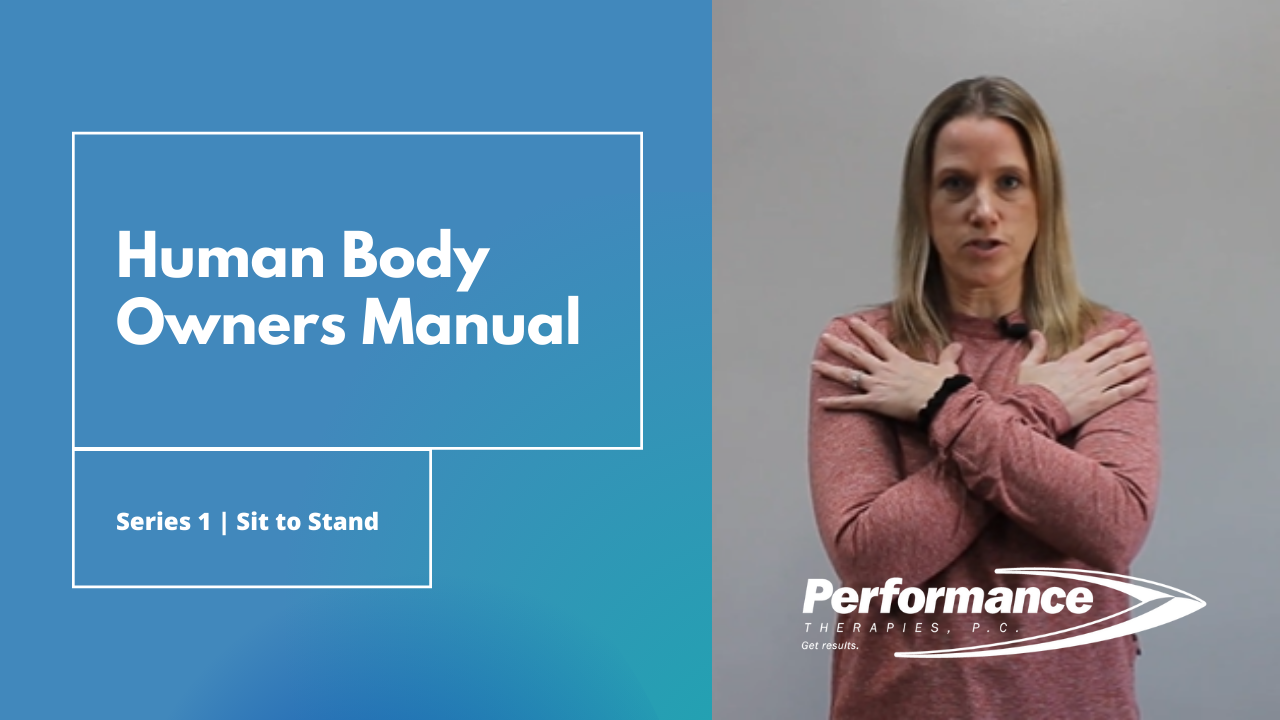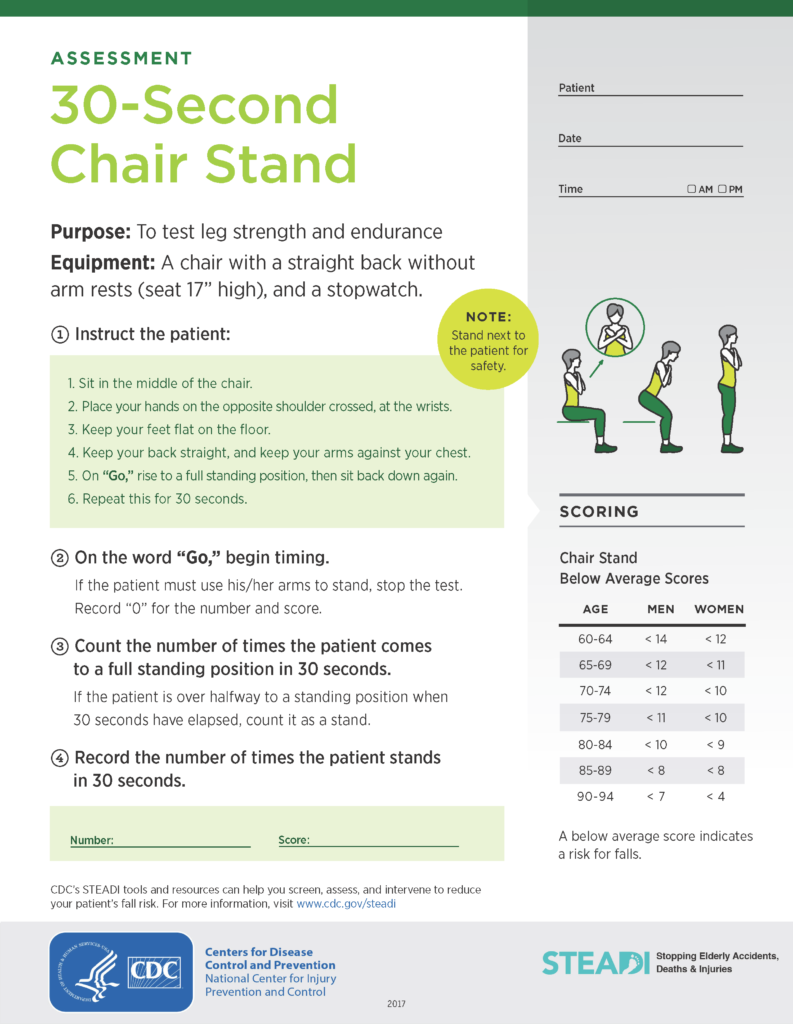Human Body Owners Manual Series

Do you ever wish your body came with an owners manual?
Sure, we are all familiar with the basics; eat healthy food, drink water, exercise regularly, get good sleep etc. But do you know what your body should be physically capable of through your entire life span? What changes are we to expect as we age vs function we should fight to retain? When we are young we don’t have to give much thought to this topic because most of us can do daily tasks with ease during these years. Regular movement paired with supple muscles and joints make it easy to maintain the basic strength and flexibility required to perform daily activities.
As we get older we need to put more effort and attention into our bodies to make sure we maintain the ability to perform our daily activities independently for as long as possible. The purpose of this blog series is to help you identify key areas where you may be lacking basic strength and flexibility required to perform daily activities and then give you options to improve these areas.
The suggestions given are meant to be appropriate for people of all ages. If you are in your 20s to 50s you likely can perform these movements with ease. Read them to learn what to watch for in years to come or to share with your parents or grandparents. However, You may be surprised that you do struggle with one or two of these movements. That’s ok! Now is the time to identify and improve your range of motion and strength! If you are in your 50s to 60s this is the time to really pay attention to your areas of weakness and work on them. If you are 70+ you can still work on and improve your strength and flexibility!
There are multiple benefits of being able to perform all of these basic body functions. When your body has a good foundation of strength and flexibility you are less likely to get injured, less likely to fall, and an increased likelihood of spending more years living independently in your home.
In this first series of the Human Body Owners Manual, we discuss the important exercise; sit to stand.
30 second sit to stand test: normative data for moderately active older adults.
- Use a folding chair with back up against wall.
- Cross arms across chest.
- Perform as many sit to stands as you can in 30 seconds.
- Perform 3-5 reps, 3-5 sets, 3-5 times per week.
If your numbers fall within the range for your gender and age no action is required. If your number is less than recommended then perform this sit to stand movement with the 3×5 guidelines explained up above.
Click the link below to watch and listen to one of our physical therapists, Molly, discuss and demonstrate the sit to stand movement.
